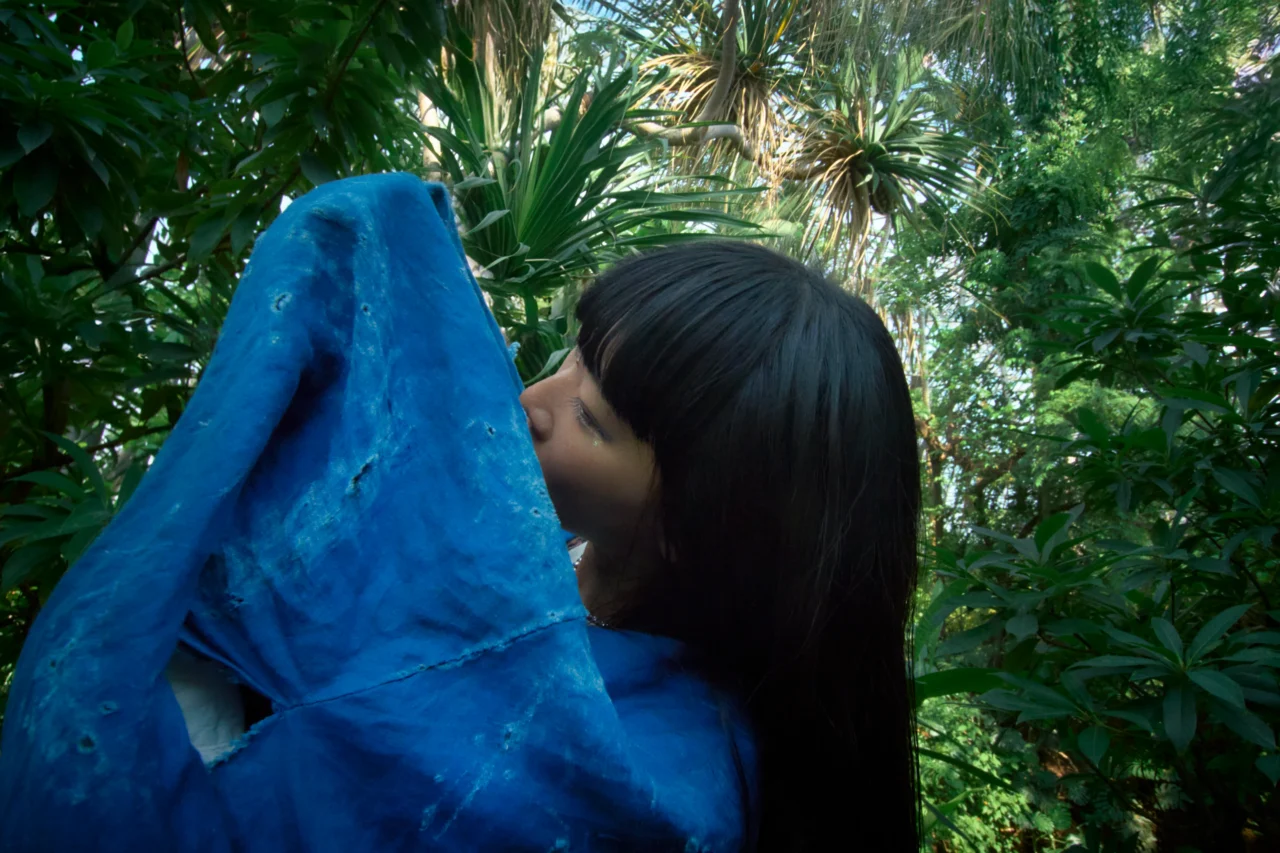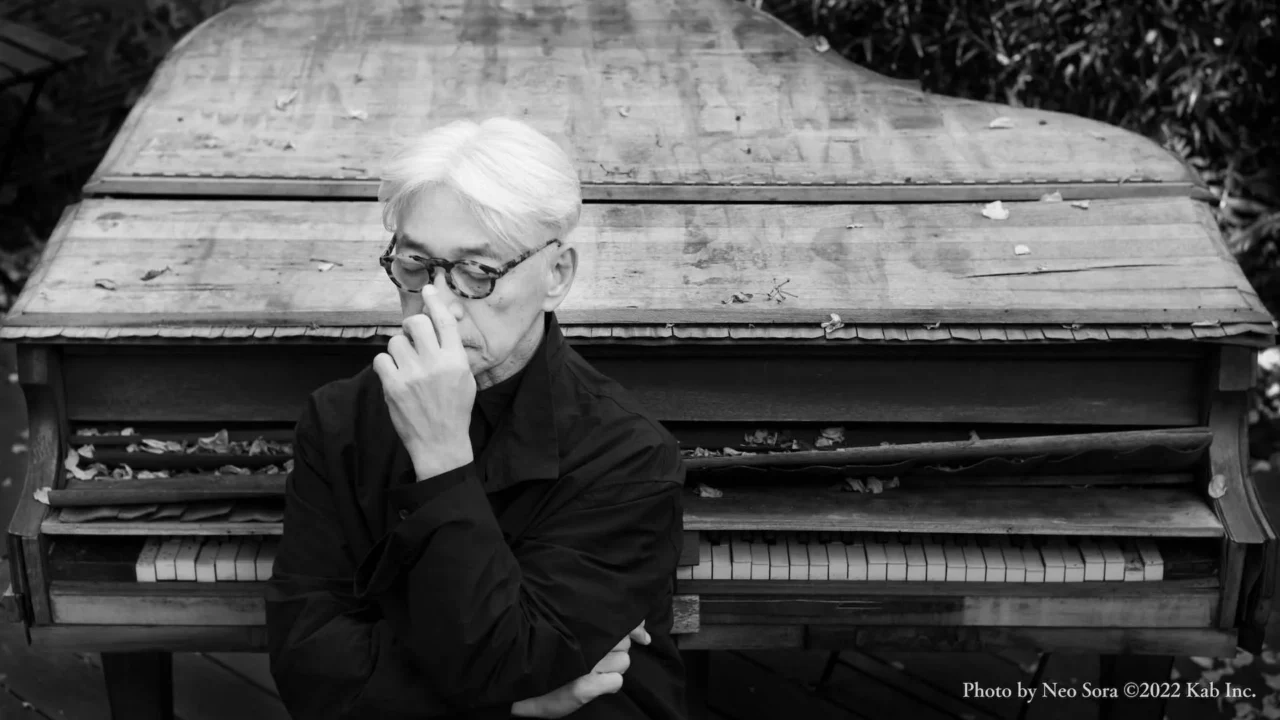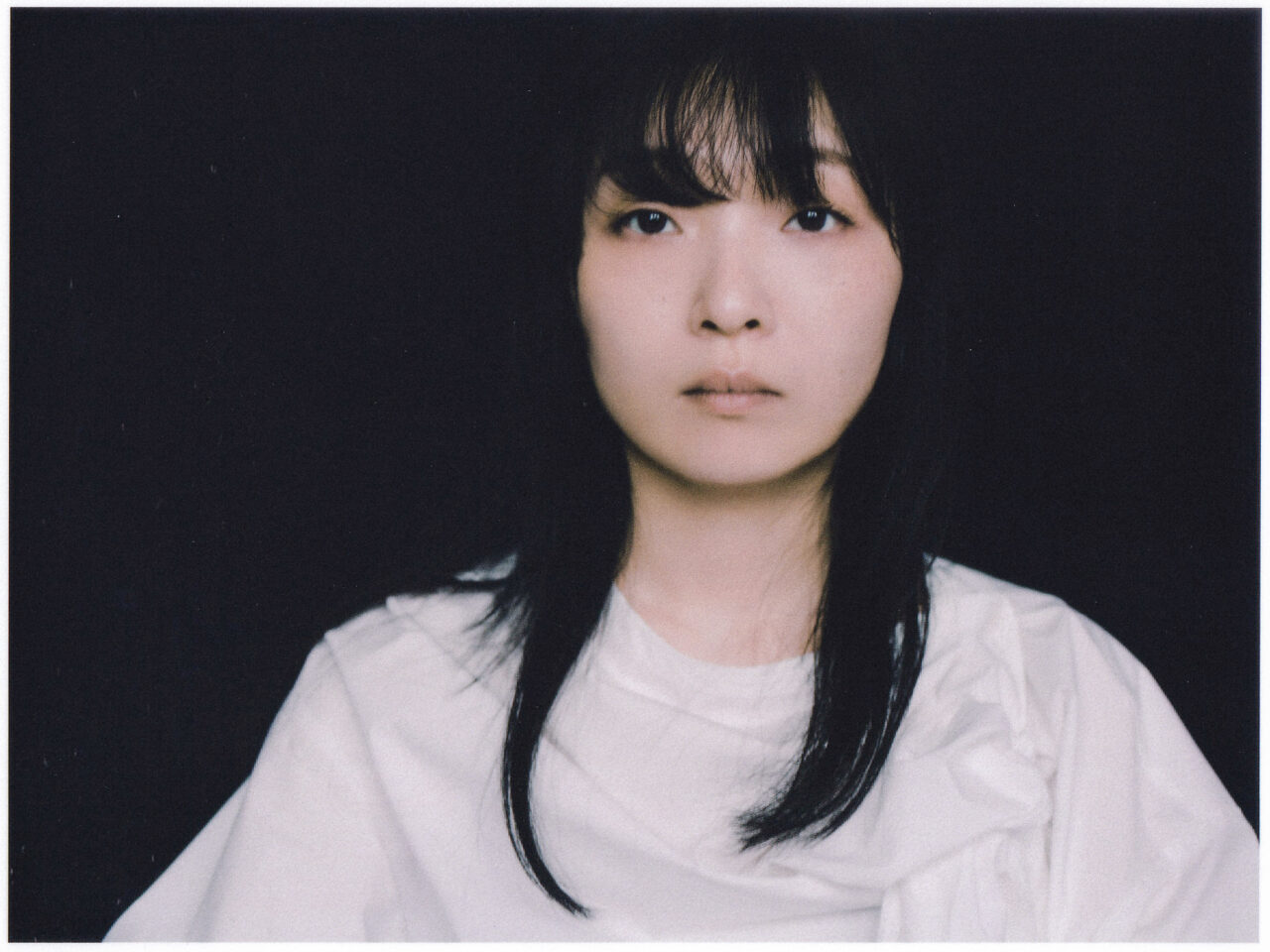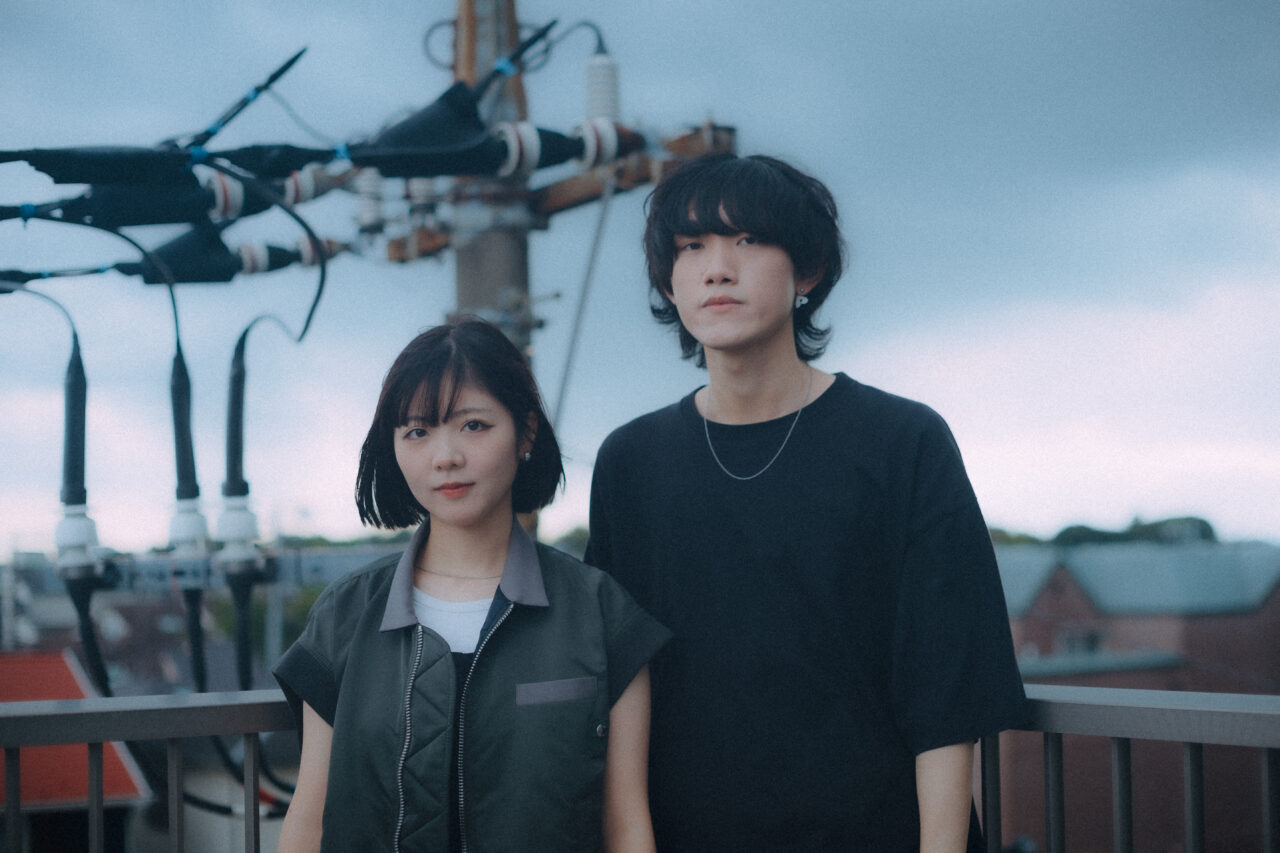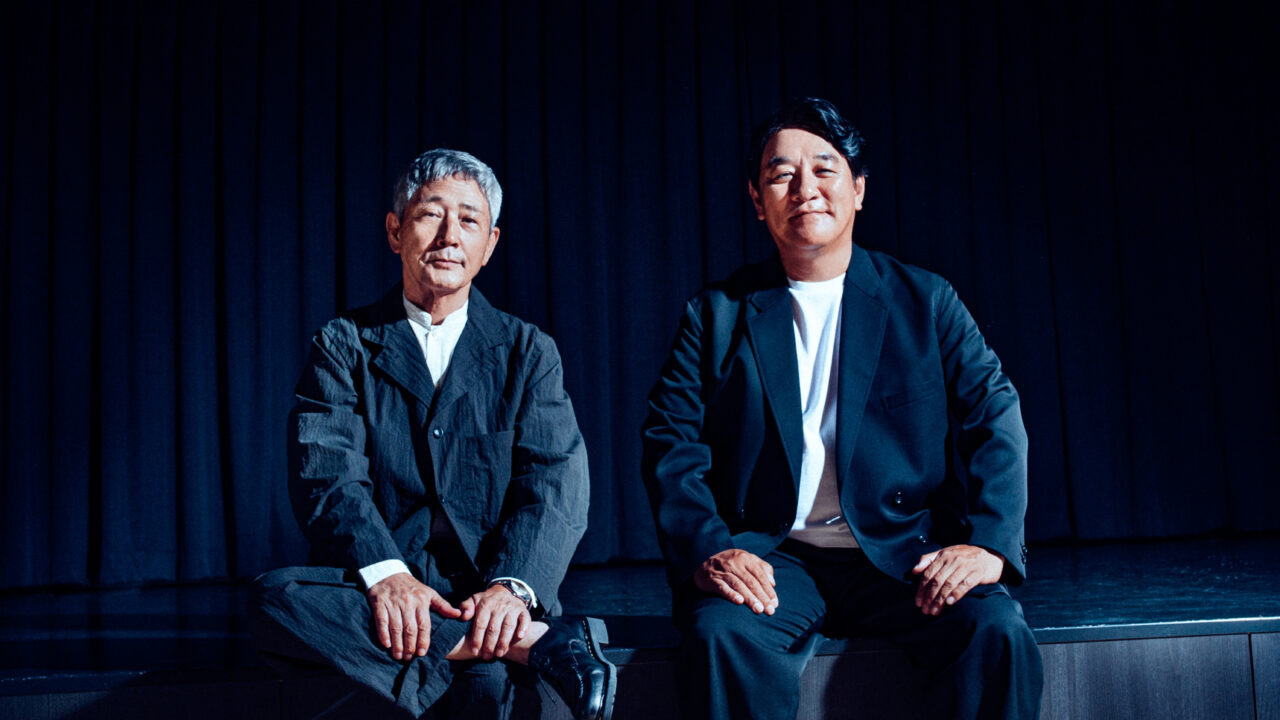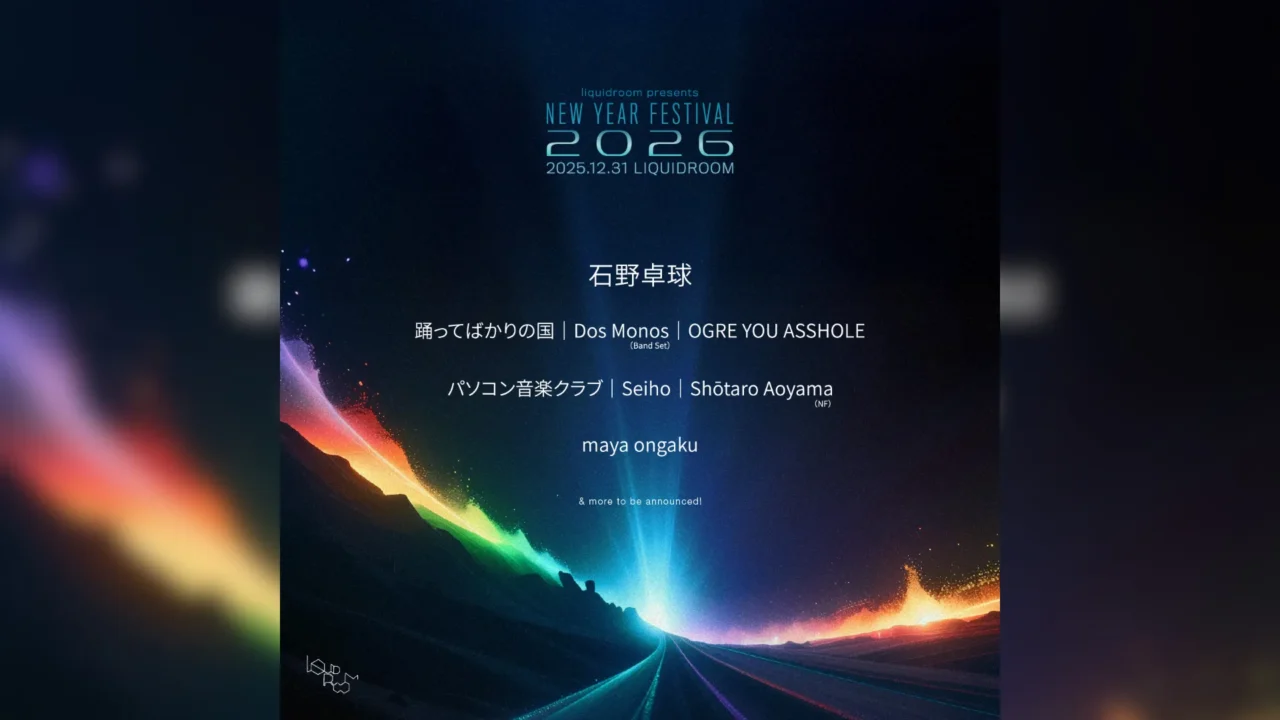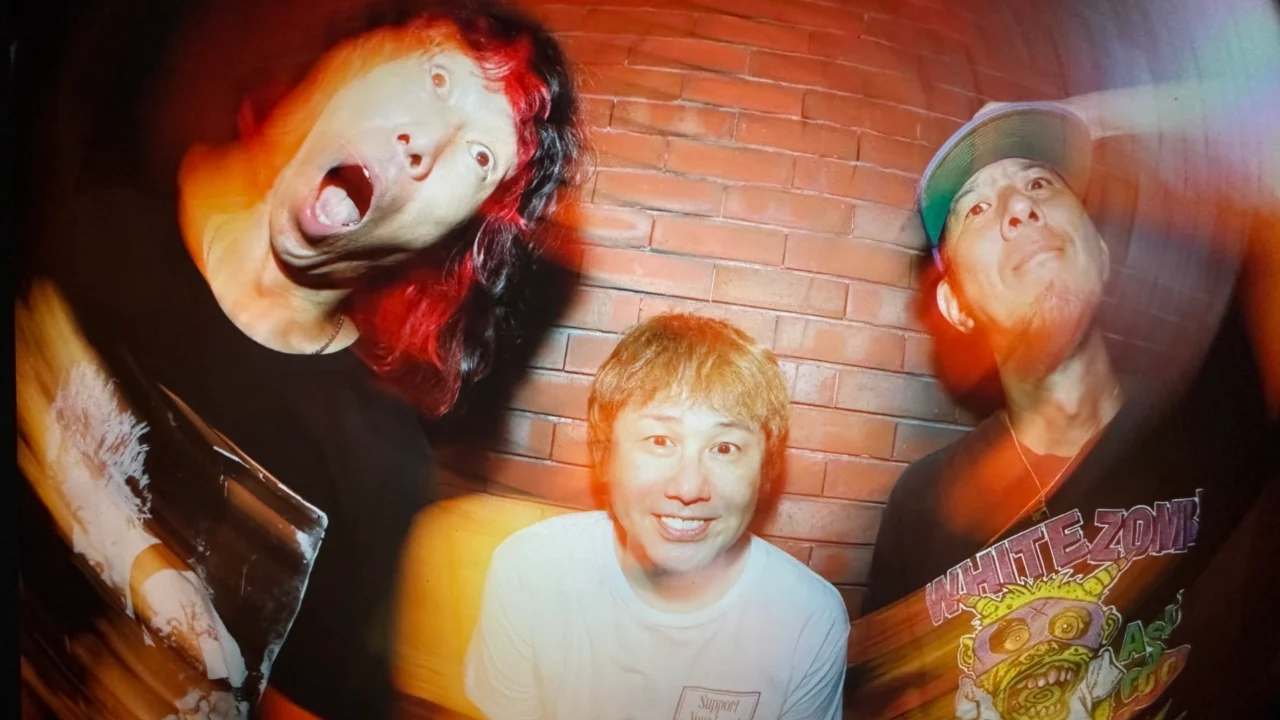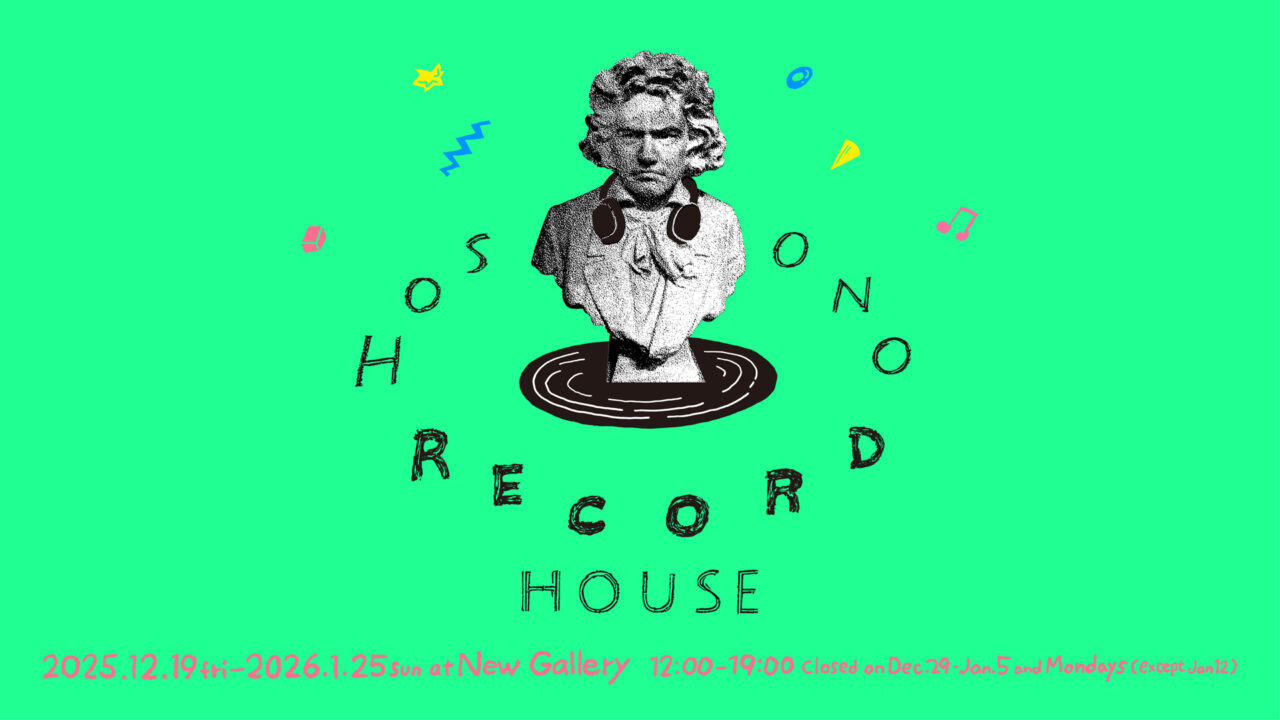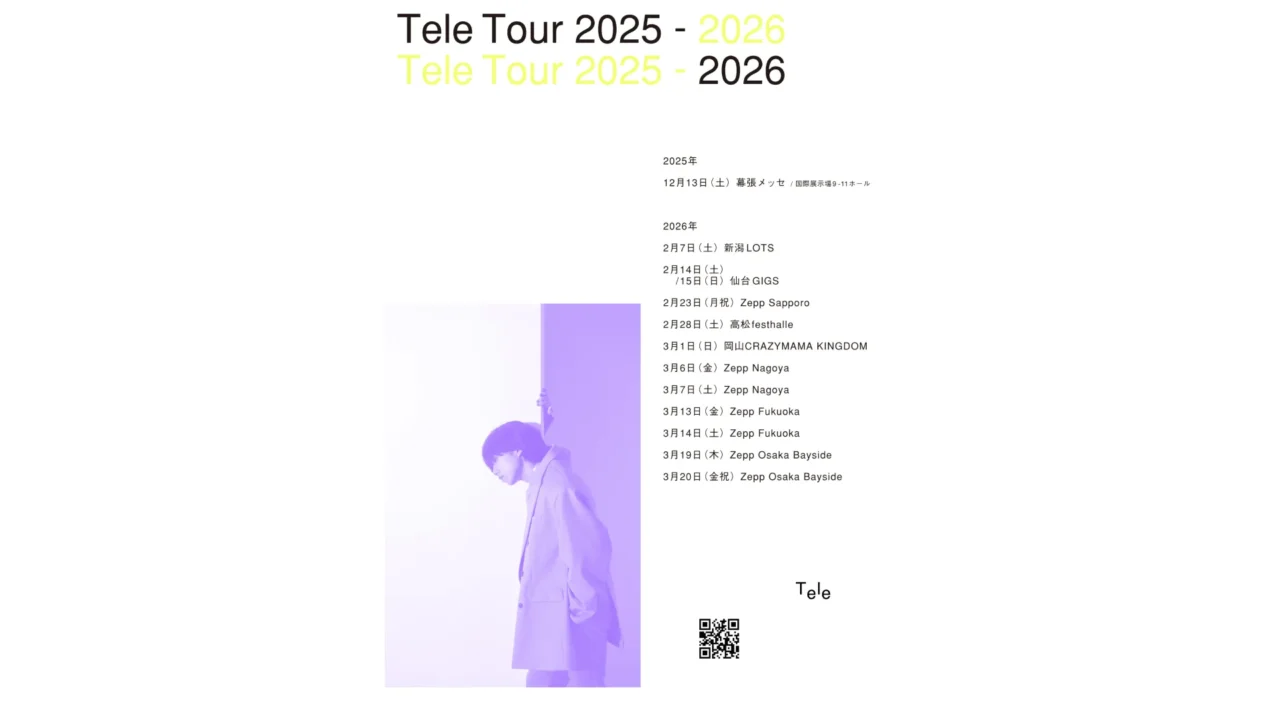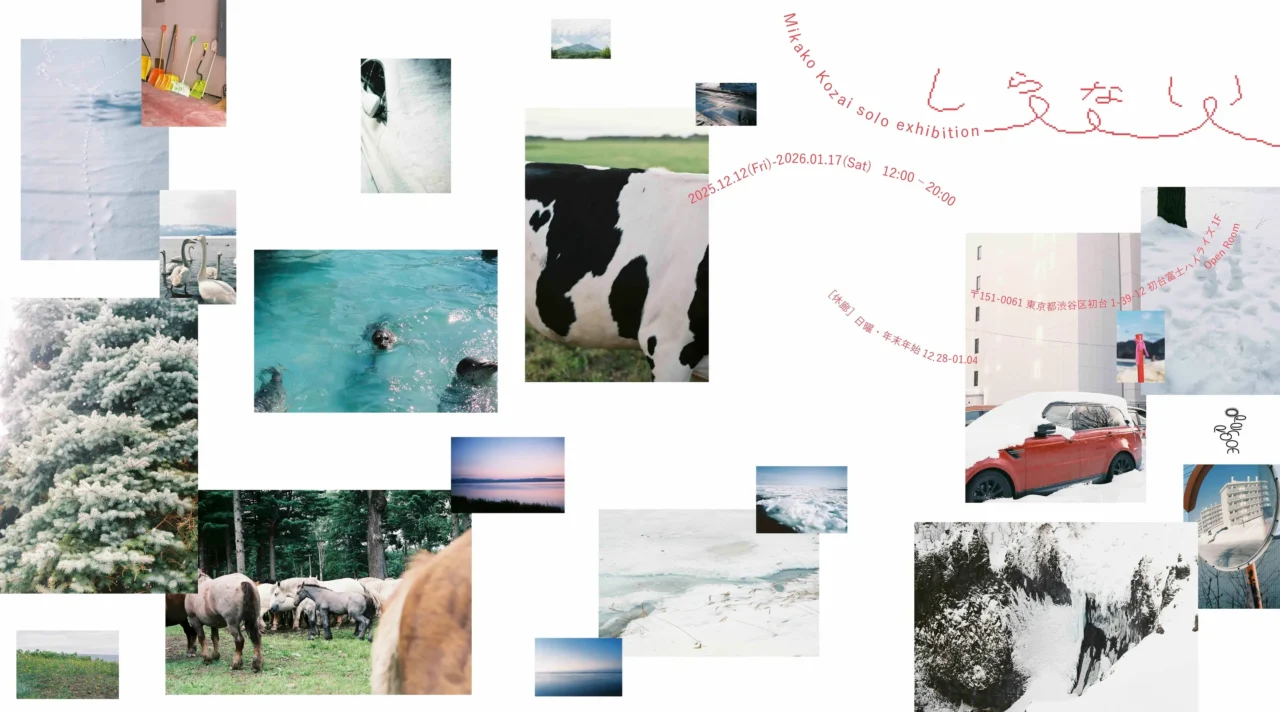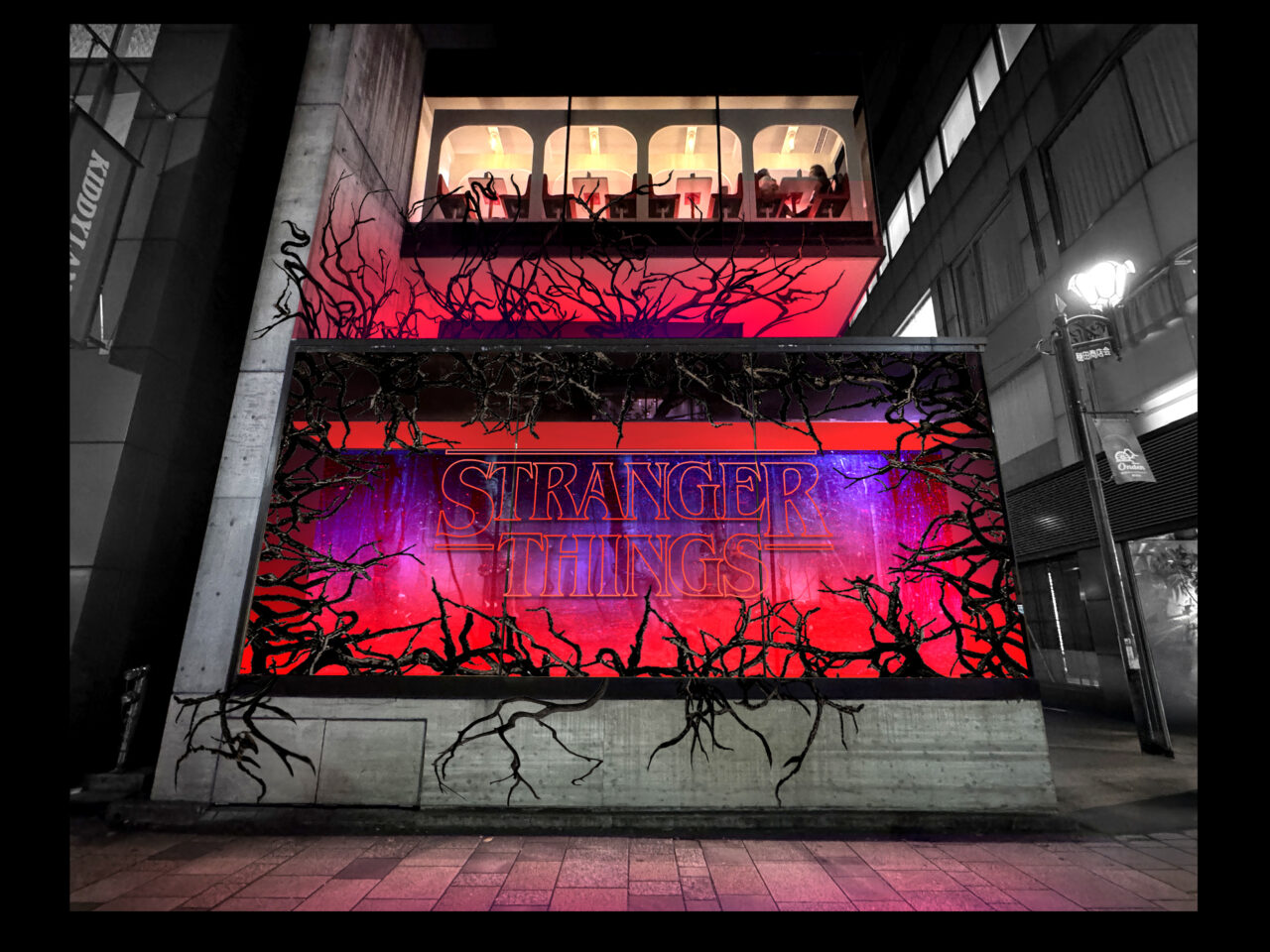INDEX
Tanaka: It’s Us Japanese Doing it. Even If We End Up Creating Something Unusual, I Still Think it’s Alternative in its own Way
-There are various colors in each song of the album, but it feels like GRAPEVINE’s alternativeness is even stronger. Especially, the lead track “Little Sparrow” stands out.
Tanaka: I didn’t expect “Little Sparrow” to be the lead track either. Victor made such a bold move (laughs).
-What kind of images and references did you share while working on the song?
Tanaka: For “Little Sparrow,” I knew from the time we made the demo that we were going to make something strange. Kamei wrote a lot of songs while I was sick during the year-end and New Year holidays. I already had two or three demos with beautiful melodies, so with these songs, I thought I could do anything I wanted and write a very experimental songs. The image I have of “Little Sparrow” is that black music, more like something known as black rock music.

-I heard that you like Yves Tumor.
Tanaka: Yves Tumor is a bit cringy for those who know the old music. It’s not only honestly cool, but in a way, it’s cool to listen to now, including the cringy parts, like Living Colour and Kiziah Jones. I like Prince because everyone likes him, but I also refer to music after him. Nishikawa also listened to Living Colour and said, “No, no, I don’t have effects pedals like this” (laughs).
-This album has a large synth element, but overall, the guitars are quite distorted, aren’t they?
Tanaka: Yes, it is. It has been a long time since I distorted guitars this much.
Takano: I somehow interpreted the intention of “Little Sparrow” from listening to the demo tape, so I was quite conscious of the contrast between distorted and non-distorted parts. Also, as in the other songs, people are already tired of listening to the black elements such as the rhythm box, so I wanted to add something more to it, and I had this image of Kamei playing it live and creating a picture.

-Undoubtedly, tracks such as ‘Little Sparrow’ and ‘In a Black Out’ incorporate rhythm boxes, which, in isolation, might bear a resemblance to recent trap music. Nevertheless, integrating the band’s physicality into the blend results in an entirely fresh and unprecedented sound.
Tanaka: I’m actually quite proud of that. It has a feeling that you can’t find anywhere else. Well, it is just an idea as an arrangement of a song, and we are the Japanese who are going to do it. Even if we say, “Let’s try it like this,” and end up with something misunderstood, I think that is exactly what alternative music is all about. It would be a fun recording session if we could get excited about it.








